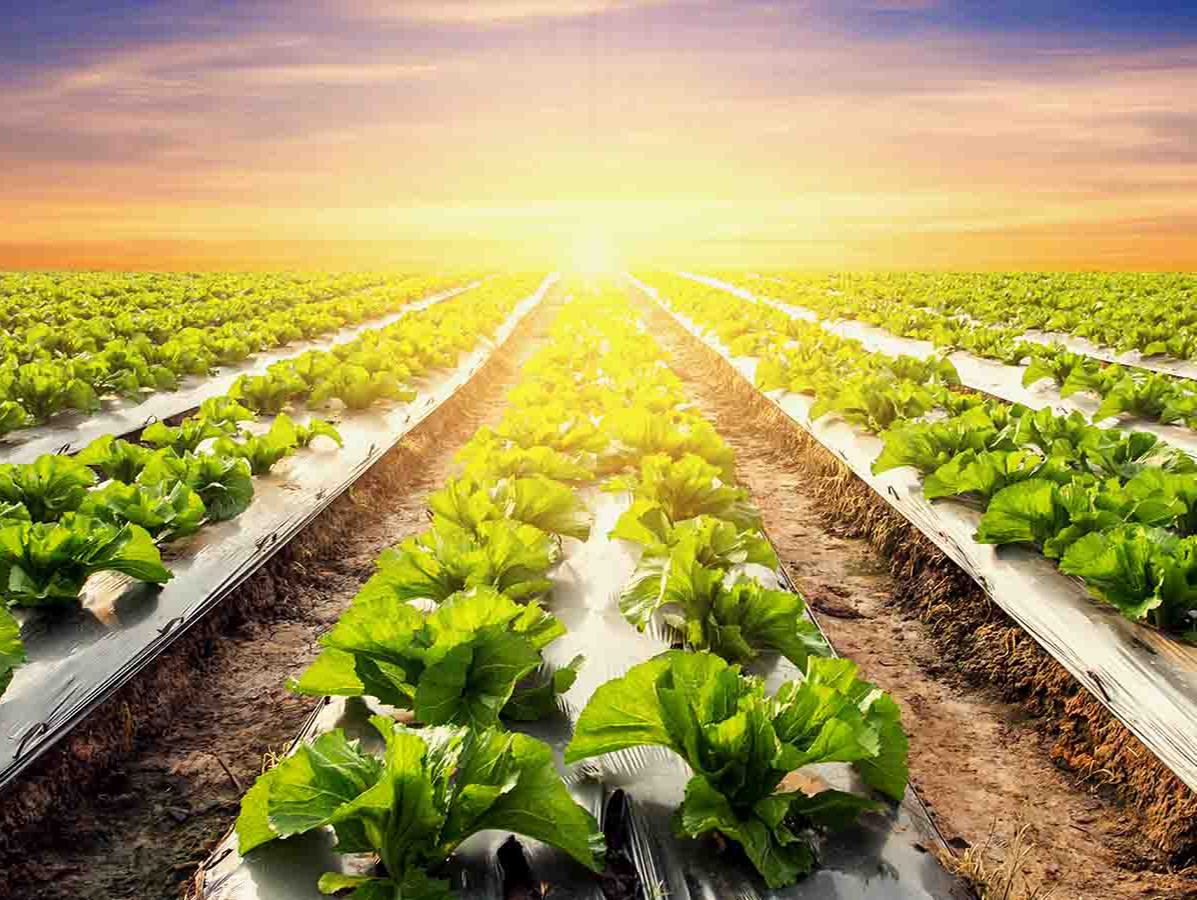
In 2023, the Dutch agricultural export experienced modest growth. According to data from Wageningen Economic Research (WEcR) and the Central Bureau of Statistics (CBS), €123.8 billion worth of agricultural goods were exported. This represents a 1.6% increase compared to the previous year. However, this growth is largely attributed to price increases, as the volume of exports actually decreased.
Concurrently, the import of agricultural goods decreased by 3.3%, amounting to €83.9 billion. These figures were published in an annual report conducted by WEcR and the CBS, commissioned by the Ministry of Agriculture, Nature and Food Quality (LNV). Minister Piet Adema emphasized the innovative and influential role of the Netherlands in the global agro-food market and the necessity of maintaining this during the transition to sustainable agriculture.
Dutch trade in agricultural goods is heavily concentrated within the European Union. The data shows that 71% of exports and 61% of imports occur within the EU. The share of exports to EU countries increased by 2.5%. Germany, Belgium, France, and the United Kingdom are the primary destinations for Dutch agricultural exports.
The largest contributions to export value came from products like dairy and eggs, ornamental horticulture products, and meat. In imports, natural fats and oils, fruits, and beverages were the key product groups. Notably, a significant portion of Dutch agricultural imports is eventually re-exported.
The war in Ukraine has also affected Dutch agricultural trade. Since the Russian invasion in February 2022, the export of agricultural goods to Russia has further declined. Meanwhile, there has been a slight increase in the import of agricultural goods from Ukraine. These developments demonstrate how geopolitical events can impact international trade, particularly in sectors such as agriculture.
Source: Rijksoverheid